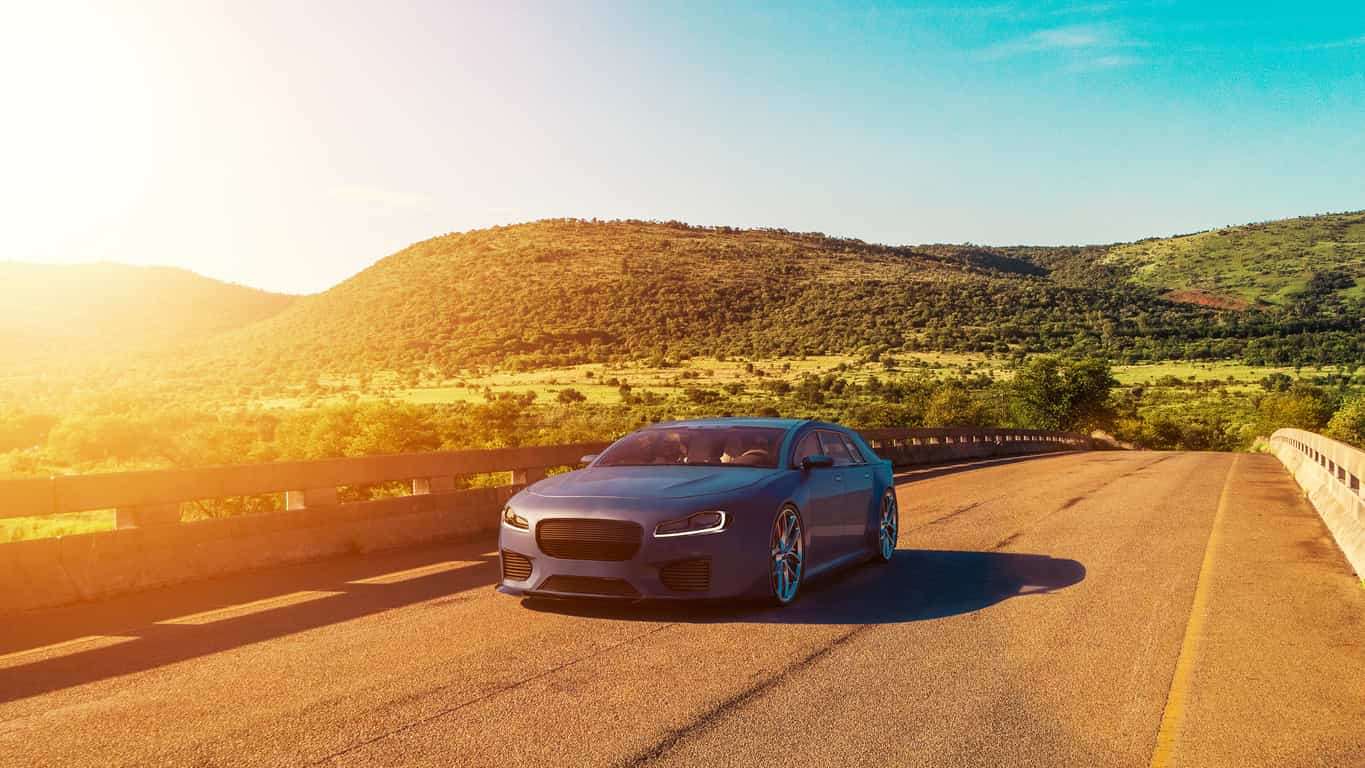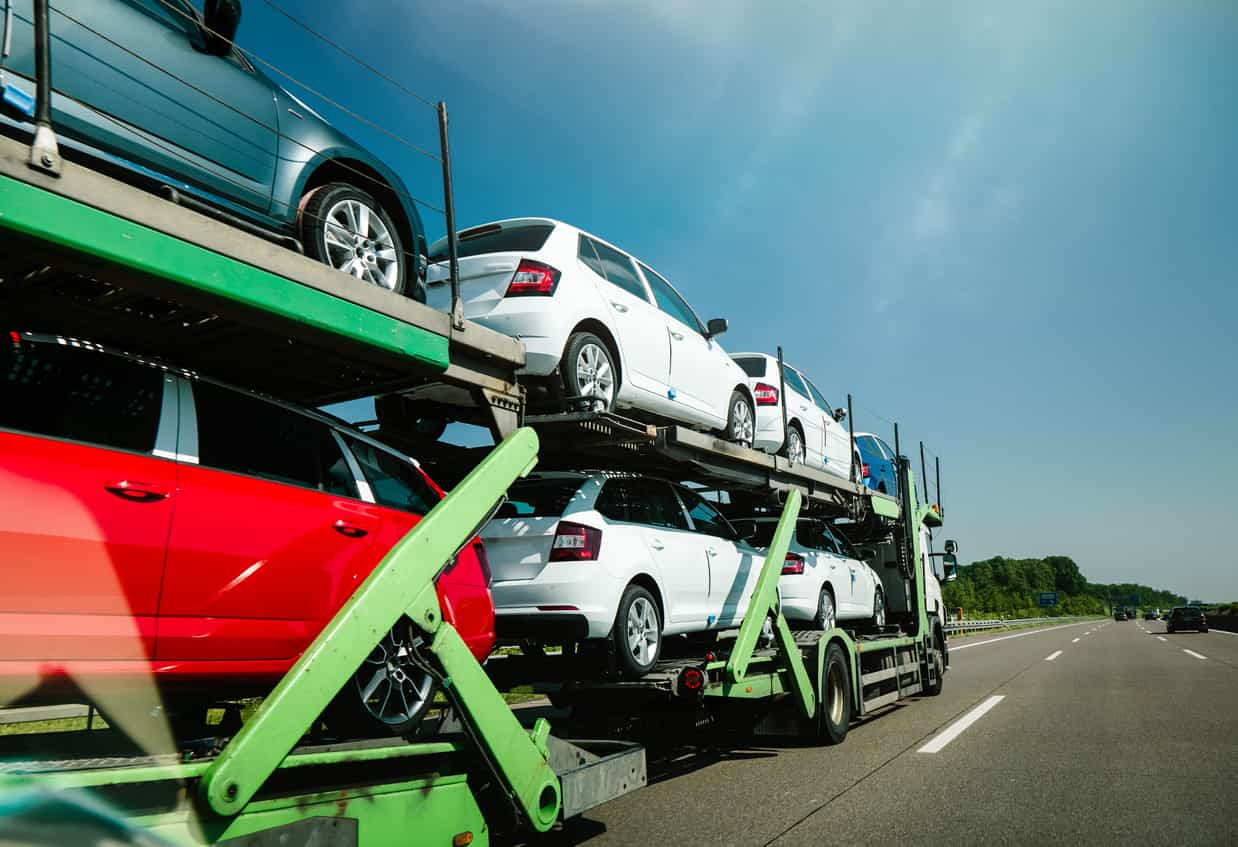As America spans diverse terrains, climates, and cultural experiences, the act of shipping a vehicle to or from the breathtaking states of Alaska and Hawaii embodies its own set of unique challenges and thrills. Whether you’re venturing into the icy clutches of Alaska or embracing the tropical allure of Hawaii, our guide ensures you’re well-equipped for this vehicular voyage.
Understanding Alaskan Exigencies
Alaska, the Last Frontier, offers a vast stretch of scenic wilderness. But before you get mesmerized by its grandeur, it’s crucial to comprehend the logistical challenges of this state.
Road Networks and Accessibility The majority of Alaskan towns remain inaccessible by roads, relying heavily on ferries, airplanes, or sleds for transportation. Thus, when shipping a car to places like Juneau or Ketchikan, combining road transportation with a ferry might be your best bet. Additionally, be wary of seasonal road closures due to snow.
Preparing for Hawaii’s Tropical Paradise
Contrastingly, Hawaii’s setting brings about an entirely different set of considerations. Surrounded by deep blue waters, this state is a mosaic of islands, each having its distinct flavor.
Island-to-Island Transits Even though you’ve made it to the Hawaiian archipelago, remember that movement between islands requires additional shipping considerations. Oahu, housing the capital Honolulu, may be your primary port of entry, but if your final destination lies on Maui, Kauai, or the Big Island, inter-island shipping services will come into play.
Mitigating Saltwater Damage Given Hawaii’s humid, salty environment, prior to shipping, ensure a protective sealant coats your car, warding off potential rusting and salt-induced degradation.
Decoding Costs and Tariffs
While both Alaska and Hawaii are U.S. states, shipping to these locations often incurs extra charges due to their remote locations.
Assessing Variables Multiple factors, such as the size of your vehicle, shipping route chosen, and time of year, play pivotal roles in determining the final cost. For instance, shipping a compact car might be relatively economical, but transferring an SUV or truck would naturally demand a heftier fee.
Seeking Quotations Always obtain multiple quotes from different providers. This not only gives you a competitive price but also lets you compare services, reviews, and insurance coverage.
Ensuring Vehicle Safety
While excitement brews, safety stands paramount. It’s vital to ensure your car remains protected during its transoceanic journey.
Picking the Right Container While open carriers might be more budget-friendly, opting for an enclosed container, especially for luxury or vintage cars, provides added protection against weather elements.
Insurance Considerations While most shipping companies offer basic insurance, it might be wise to get a top-up. Check with your personal auto insurance provider to see if they offer any cover for the shipping process.
Timelines and Seasonality
Your shipping calendar matters more than you might anticipate.
Off-Peak Discounts Shipping during non-peak seasons might be lighter on the pocket. While summer sees a rush, with many relocating or sending their cars for vacations, aiming for fall or early spring might snag you a good deal.
Holiday Delays Remember, holiday seasons might result in operational delays. Always factor in a buffer when scheduling your shipment, ensuring timely arrivals without last-minute panic.
Navigating Paperwork
Bureaucracy exists, even in the realms of paradise.
Essential Documentation Always have your vehicle registration, proof of ownership, and personal identification at hand. Additionally, some shipping companies might ask for a notarized letter if the car is under a loan or lease.
Custom Inspections in Hawaii While you’re not importing your car internationally, Hawaii treats vehicles as imports. Therefore, an agricultural inspection upon arrival ensures no pests or contaminants hitch a ride on your vehicle.
Conclusion
Venturing into Alaska or Hawaii with your beloved vehicle entails more than mere logistics; it’s a journey, an adventure. Being well-prepared ensures you savor every moment, making memories rather than dealing with mishaps.
FAQ
- Do I need to empty my car’s fuel tank before shipping?
- It’s recommended to keep the fuel tank only a quarter full. This ensures the car’s operational for loading and unloading while reducing unnecessary weight.
- Can I pack personal items in my car during shipping?
- Typically, shipping companies advise against it due to potential theft or additional tariffs. It’s best to ship your vehicle devoid of personal belongings.





